Nothing beats fresh, home-grown fruits and vegetables – no pesticides, non-GMO, nothing but organic goodness. However, not all of us have a garden in which to grow them, which is a shame. Not all is lost though – you can grow many vegetables and fruits in your own home. All you’re going to need is patience, a few pots, and a window that lets in some sunshine.
Here are some fruits and vegetables you can grow inside the home, and how to do so:
Grapes
You may find it hard to believe, but grapes are perfectly suitable for indoor cultivation. All you need is a warm room with a south-facing window that lets in plenty of sunshine.
- The varieties most suitable for indoor cultivation are Muscat of Alexandria and any other close members of that variety.
- Grapevines have long roots, so you will need a deep pot.
- Grapevines need soil with proper drainage, so use a pot with drainage holes and line the bottom with small rocks before adding the soil and planting the vine.
- Grapevines are creeper plants, so place the pot next to a wall or a shelf that will allow the plant to climb up and support it.
- Planting time is early spring. Water the plant once a week. Use potassium-rich fertilizer.
Celery
Planting celery doesn’t require seeds or seedlings – all you’ll need is the ends of the celery.
- Save the bottom inch and a half of the celery stalk.
- Place the stalk in a small water bowl, root side down, next to a sunny window.
- Within 3 days the celery will start sending out roots, when that occurs you can transfer it into a medium-sized pot while making sure that the top is above ground.
- Place the pot next to a window with plenty of sunshine. As long as you water the celery, it will keep growing. If you harvest smaller stalks each time, you’ll enjoy an endless supply.
Green Onions
Like the celery, green onions can be grown indoors indefinitely. Every time you want some, just harvest a couple of stems.
- Cut off the bottoms of a few green onions.
- Place the bottoms in little containers (shot glasses are perfect) with water.
- Change the water daily and leave the onions next to a well-lit window.
- The stems will sprout within days. Cut off as much as you need while leaving the bottoms in the water containers.
Basil
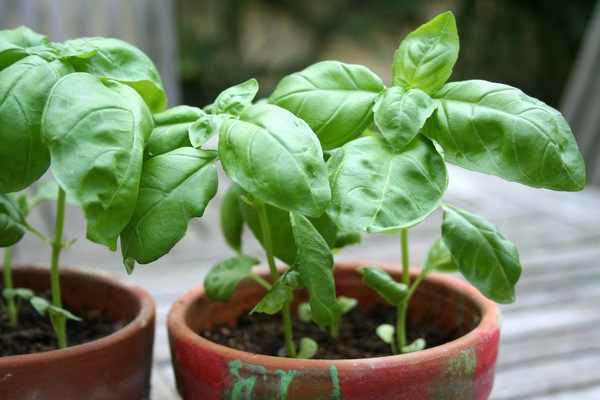
Nothing beats fresh basil when cooking, plus – the scent of basil is an effective mosquito repellant.
- Basil can grow and become a huge bush, but if kept in a medium-sized pot it can be perfect for indoor cultivation.
- It is best to start with a seedling, but you can also use seeds.
- Basil needs good drainage and a lot of sunshine. In addition, basil doesn’t cope well with cold temperatures.
- Water the plant every 2-3 days.
- It is recommended that you use high-quality soil, and use fertilizer once every 2-3 weeks.

Tomatoes
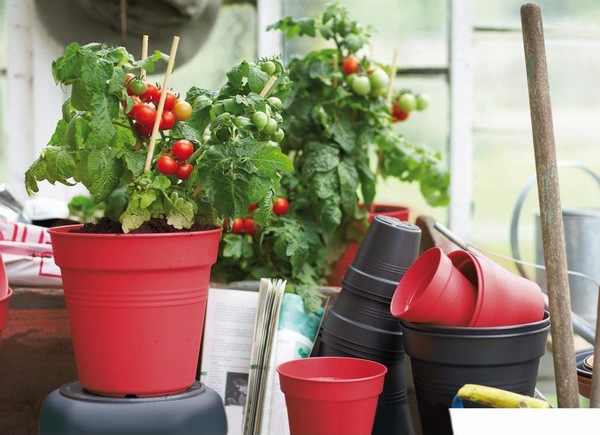
Surprisingly, tomatoes are quite suitable for indoor cultivation. If you do not have a lot of space, a cherry tomato plant will be best.
- Choose your preferred variety of tomato – regular tomatoes need deep pots, while cherry tomatoes can handle smaller pots.
- Place the pot near a south-facing window, as they need a lot of sunshine.
- When the plants bloom, they will need help with pollination. Open the window to allow for insects to pollinate it, or use a fan on a low setting to blow the pollen around.
Eggplants
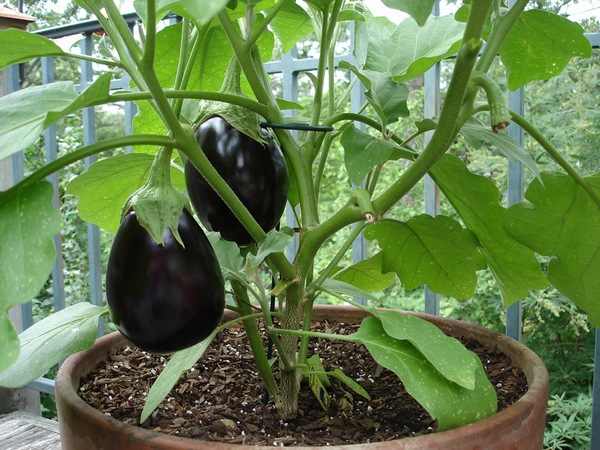
Like tomatoes, eggplants are well-suited for home growing. It is advisable that you use the smaller varieties to save space.
- Eggplants require deep pots to grow well. Proper drainage is also highly recommended.
- The plant requires a lot of sunlight, so place it by as south-facing window.
- Once the first inch of soil feels dry, water the plant.
- Eggplants require fertilization every 3-4 weeks.
Onions
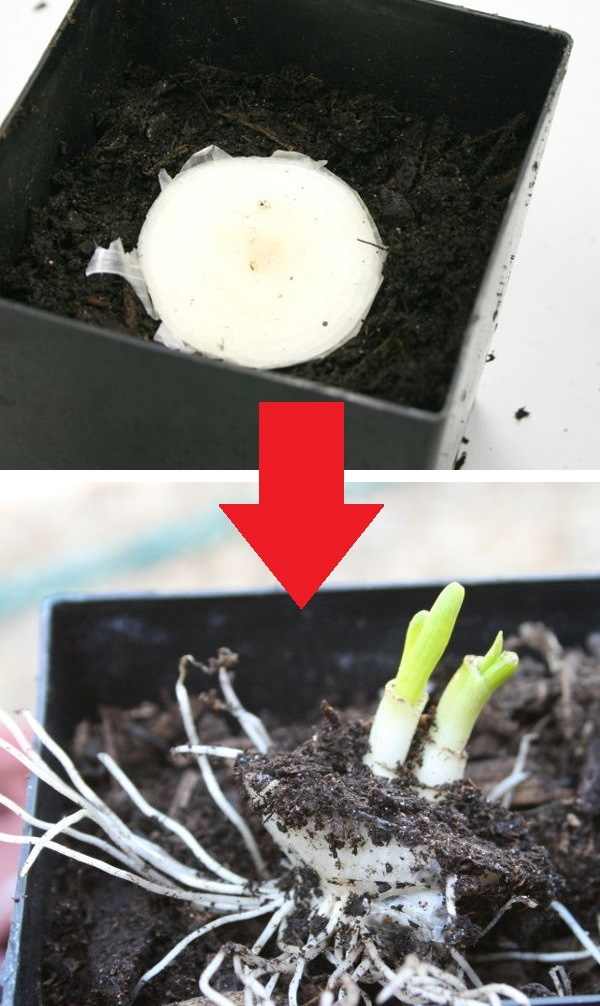
Save up the bottom ends of the onion to enjoy a new onion in weeks.
- When cutting an onion, save about an inch of the bottom part with the dried-up roots. If you save more of the onion – it’ll grow faster.
- Let the cut end of the onion dry out for a few hours. Once it is dry, you can plant the onion in soil.
- Use a medium-sized pot and place it by a south-facing window. Form a small crater in the pot and place the onion in it. Cover the onion with about an inch of soil.
- Water the pot regularly. Once some stems appear, the onion can be split into several individual plants, each of which will become a whole new onion.
- Cut the leaves to about a third of their full size to cause the onion to grow bigger.

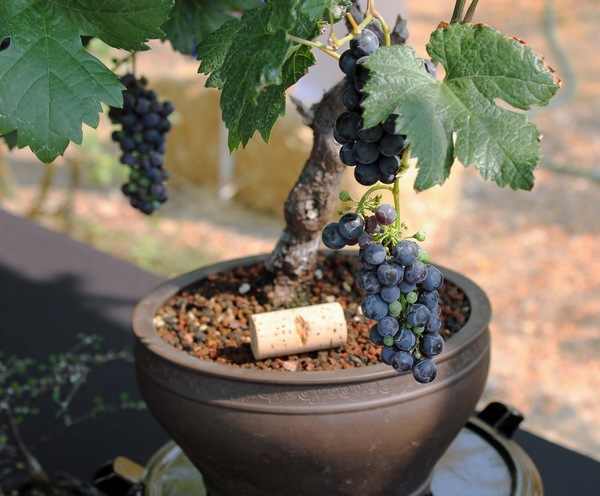
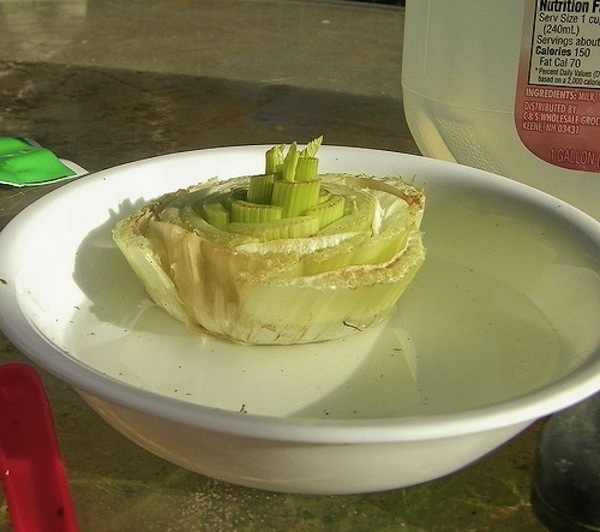
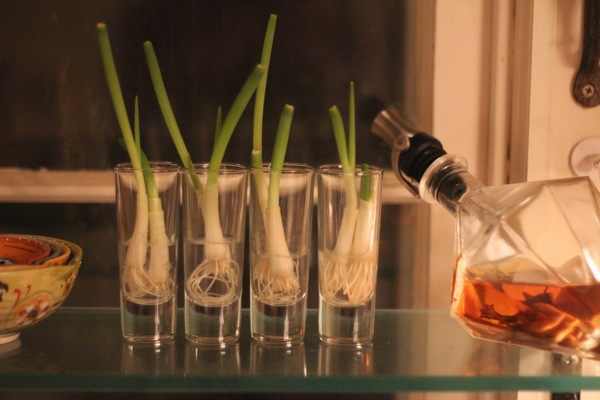

![]()


